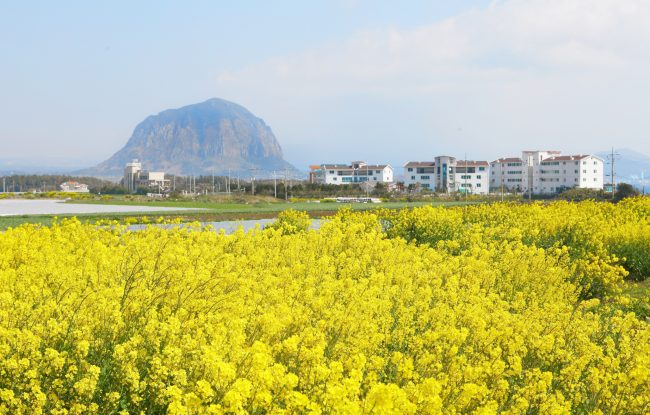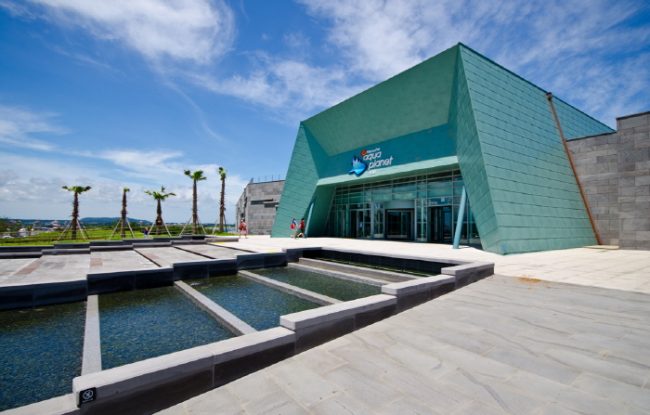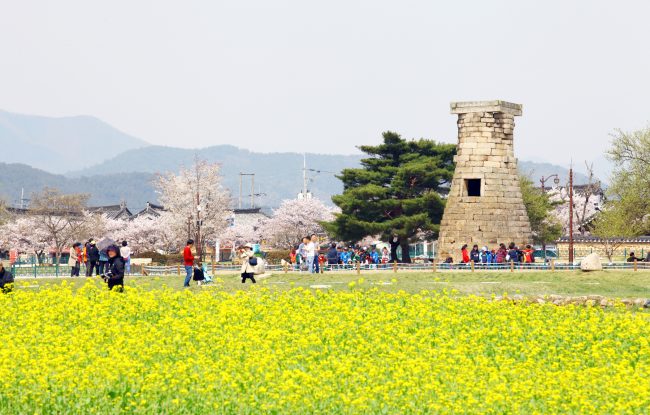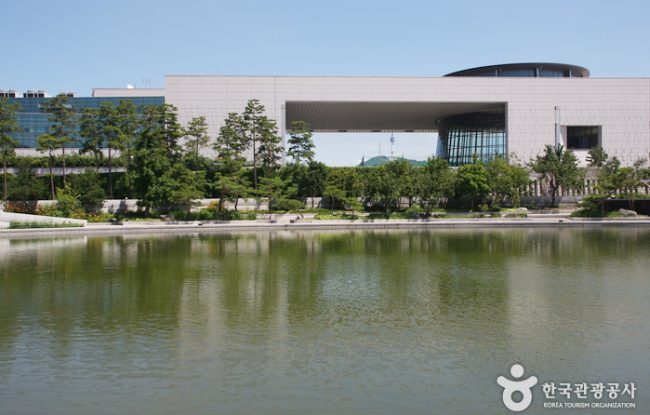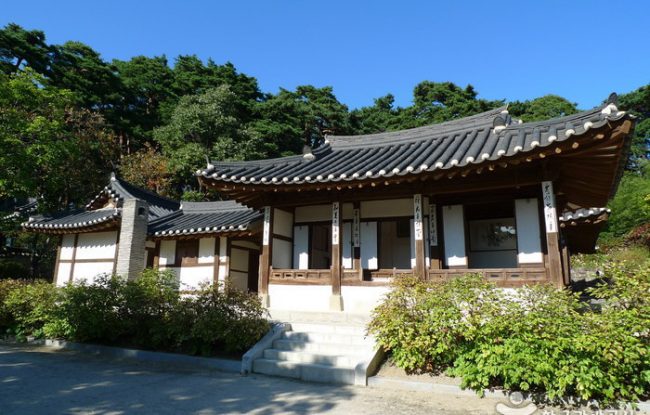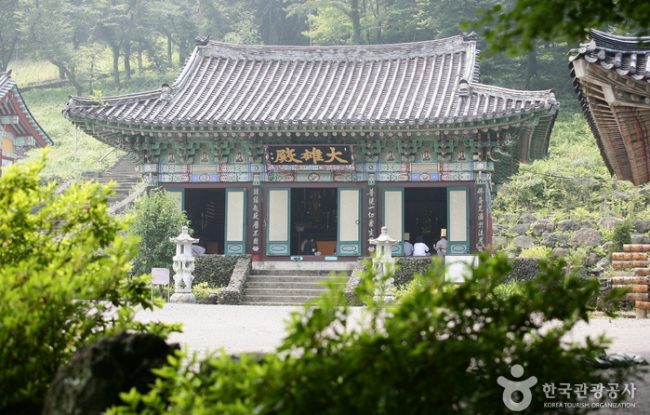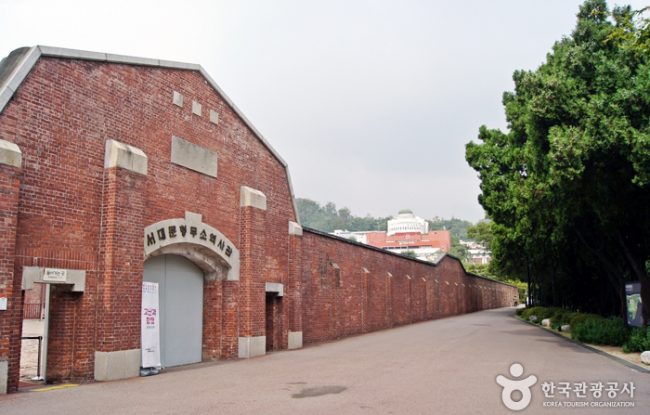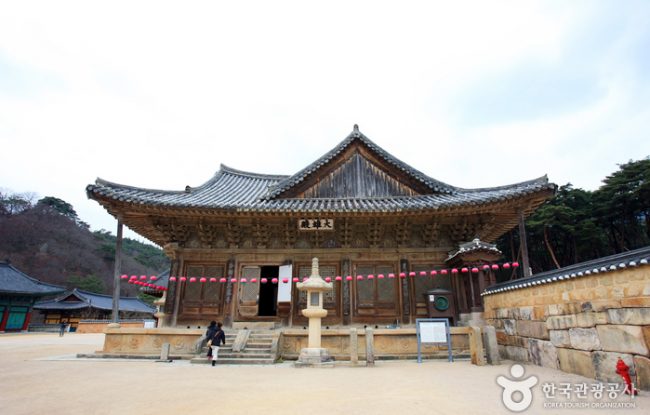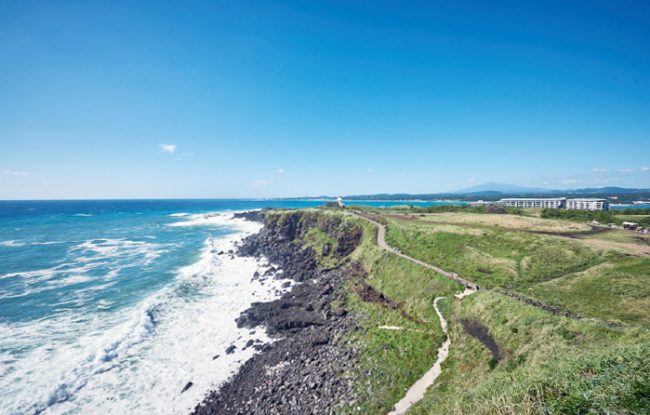


Loading
Sanbangsan Mountain is the result of violent volcanic activity some 700,000 to 800,000 years ago and is in fact a huge body of lava. The cliffs on the southern side of the lava dome are marked with a rich variety of curious formations such as weathering pits and talus scree slopes, some of which are…
Aqua Planet Jeju boasts the largest aquarium facility among East Asian countries. Housing over 5,000 marine creatures from domestic regions and abroad, the Jeju branch is a highly recommended place to visit for all, especially for family visitors...…
Jikjisa Temple, located at the foot of Hwangaksan Mountain in Gimcheon, Gyeongsangbuk-do, was constructed in 418, during the second year of Silla Kingdom King Nulji's reign. This temple is in perfect harmony with the nearby valley and pine forest. The foliage in fall is particularly breathtaking...…
The Children’s Museum located within the National Museum of Korea is an experience-centered museum where children can see, touch, and feel history through hands-on programs and games. Items are in a permanent display and allow children to learn more about Korea’s cultural heritage in an interactive …
Ojukheon House was where Shin Saimdang (1504-1551) lived and where her son Yi I (penname Yulgok; scholar and politician of the Joseon Period) was born. It was built during the early Joseon Dynasty and remains one of the oldest wooden residential buildings in Korea.…
Gwaneumsa Temple is located at the foot of the northeast side of Mt. Halla in Ara-dong in Jeju City. The temple is widely believed to have been first built during the Tamra Dynasty Era (BC 476~AD 1005), which was prior to the Goryeo Dynasty (AD 918~1392)...…
Seodaemun Prison History Hall is a special museum located at Seodaemun Independence Park. It was built near the end of the Joseon Dynasty (~1910), and was where Japanese soldiers tortured and later executed Korean Independence Movement followers.…
Located in southern part of Mt. Chiseosan, Tongdosa Temple is famous for not having any Buddhist statues in the temple. This is because the real shrines of the Buddha are preserved here. The name 'Tongdosa' was named after the belief that mankind can be saved through Buddhism...…
Seopjikoji is located at the end of the eastern shore of Jeju Island and boasts a fantastic scenery especially in April when yellow canola flowers are in full bloom. "Seopji" is the old name for the area, and "Koji" is Jeju dialect meaning a sudden bump on land...…






 Refine Search
Refine Search

